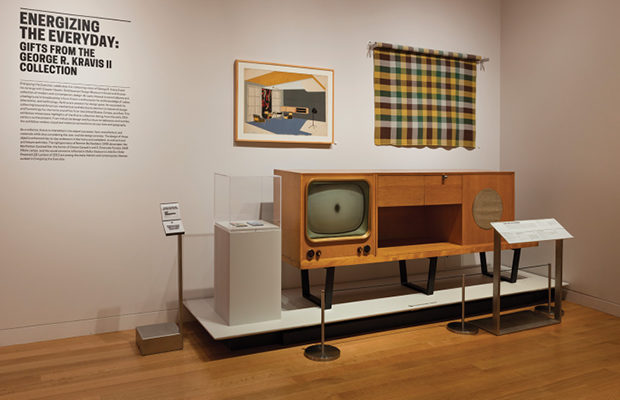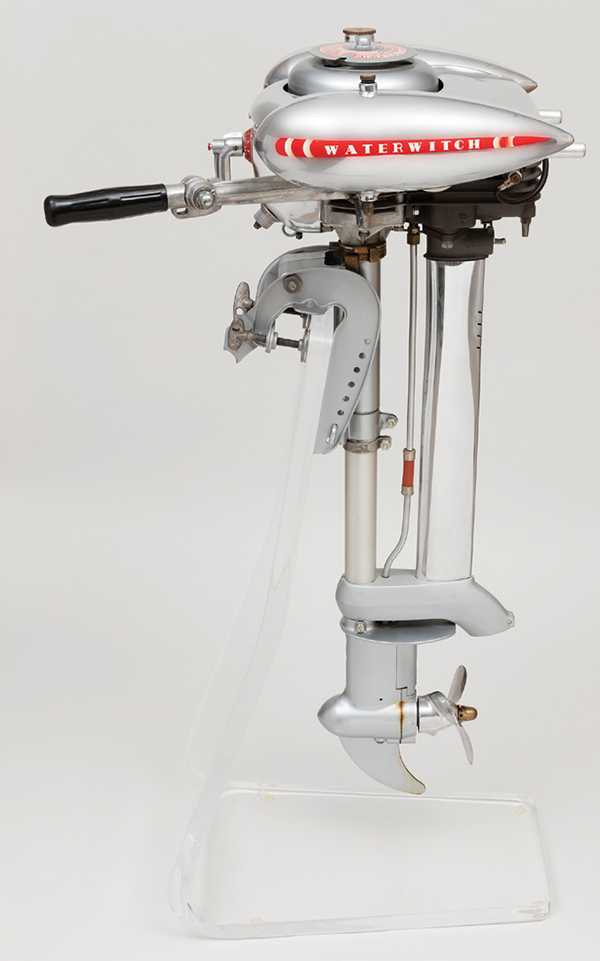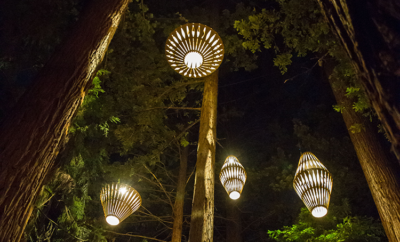 MATT FLYNN PHOTO © SMITHSONIAN INSTITUTION/ © COOPER HEWITT, SMITHSONIAN DESIGN MUSEUM
MATT FLYNN PHOTO © SMITHSONIAN INSTITUTION/ © COOPER HEWITT, SMITHSONIAN DESIGN MUSEUM
Exhibition
High Design for Everyday Life
THE PHILANTHROPIST AND COLLECTOR George R. Kravis II began collecting industrial design as a child, though he didn’t think of it that way at the time. “I was interested in anything with a dial or a cord that made sound,” Kravis recently told MODERN. His first purchase at age ten was an RCA 45-rpm record changer. With his love of radios, turntables, and other musical technology, Kravis went on to start one of the first FM radio stations in Tulsa, Oklahoma, when he was twenty-three. After finding early success as the owner of a channel on the rapidly expanding FM dial, Kravis kept acquiring, and his design collection diversified to include textiles, furniture, tableware, graphics—anything that caught his discerning eyes. Decades later, a portion of his design collection has been made available to the Cooper Hewitt in New York through gifts and promised gifts.
A selection of about a hundred highlights from the collection— along with a few pieces from the museum’s holdings— is on display in the new exhibition Energizing the Everyday: Gifts from the George R. Kravis II Collection (through March 2017). Shown in a long narrow gallery on the second floor of the recently renovated former Carnegie mansion, the objects are displayed in thematic groupings like “Retooling the Kitchen,” “Shaping Space,” and “Moving Up— Stepped Forms.” These clusters of objects share formal, material, or functional affinities, a simple strategy that amplifies the interest of individual pieces. The show rewards careful looking and reading—each object is given a substantial label providing historical context and biographical information about the designers—and may make you rethink the objects with which you surround yourself.
According to the museum’s curators, the Kravis collection has particular depth in American design from the 1930s and ‘40s, though it includes works up to the present from around the world. In “Energizing the Everyday,” well-known figures like Norman Bel Geddes, Gilbert Rohde, and Russell Wright are represented alongside designers from Europe and Japan, including show-stopping pieces by Achille Castiglioni—a black and white stereo cabinet with foldout speakers—and Shirō Kuramata’s nearly invisible laminated glass armchair. In keeping with Kravis’s interest in consumer electronics, the show also includes a massive cabinet designed by George Nelson housing a television, turntable, radio, and speakers in casework mounted on top of his signature platform bench. Other highlights include a multi-neon hued armchair by Alexander Hayden Girard produced by Herman Miller for Braniff Airways that seems to anticipate postmodernism; and C. Emanuele Ponzio’s pop art inflected Pillola lamps, which are shaped like gelatin capsules and were produced in the late 1960s.
“The quality and depth of George Kravis’s collection dovetailed perfectly with Cooper Hewitt’s collecting interests, particularly in the area of industrial design, which has been an integral part of the museum’s collecting since its founding,” says Sarah Coffin, head curator of the museum’s product design and decorative arts department. “Works from his extraordinary collection were selected to fill in specific objects that are key to the design story and connect with other aspects of the museum’s collection.”
The museum will also draw heavily from the collection for an upcoming show on the Jazz Age, which is scheduled to open in April 2017.
For those looking to see even more of the collection, Tulsa now boasts the Kravis Design Center, a museum quality storage facility and study center where the thousands of other pieces are kept—some of which may eventually be given to the Cooper Hewitt. “When Sarah Coffin comes through here, she’s like a kid in a candy store,” Kravis says with obvious delight.
The decision to give the pieces to the museum came after years of engagement with the Cooper Hewitt. Kravis sits on the institution’s collections committee and is a frequent presence in its galleries. “It’s been just wonderful,” he said. “This is the right home. Sometimes I end up giving people tours myself.” cooperhewitt.org

MATT FLYNN PHOTO © SMITHSONIAN INSTITUTION/ © COOPER HEWITT, SMITHSONIAN DESIGN MUSEUM












